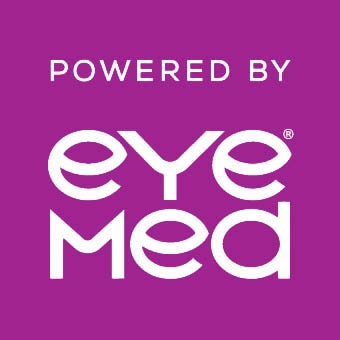Don’t leave member care and quality scores to chance. With the right quality program, gaps in care can close through encouragement, education, and open, clear access to healthcare..
What’s in a number? If you’re talking about Medicare Star Ratings and HEDIS compliance scores, numbers are a sign of how effectively your quality program is helping to close gaps in care. High numbers could mean members are finding and receiving the care they need. Low number could mean your program isn’t supporting or inspiring your members to stay proactive with their health.
With education, outreach and access, you can build a program that improves both outcomes and scores.
Compliance scores matter
A high score is about more than having a compliant plan. It’s about having a workforce who have access to the healthcare they need, and who know how and when to use it for better overall health and well-being.
Member-focused, measurable tactics that emphasize education and outreach are best for improving any quality program, closing the care gap, and increasing compliance scores.
Understanding the effects of care gaps
A gap in care is a missed opportunity to diagnose a health condition early on that may cause more costly and more invasive treatment later on.1 It can be a widening canyon between recommended treatments for a patient versus the care they actually receive (or worse, don’t receive). It’s not good for members and it hurts the bottom line in a variety of ways, including higher healthcare costs, absenteeism and lost productivity.2
Recognizing opportunities to improve
Closing care gaps is critical to improving the health of members, and can help improve compliance scores across the board. But where does the process start?
The first step is to ask hard, honest questions:
- Are we focusing on our members’ goals?
- Are we meeting our members where they are?
- Are we educating our members?
- Are our goals measurable?
The answers may show a clear path to the right quality program.
Taking a look at vision care gaps
Vision care is a great way to help close the health care gap. That’s because an eye exam can actually detect several serious and chronic illnesses before their symptoms ever start.5 These can include diabetes, hypertension, high cholesterol, thyroid disease and certain autoimmune disorders.3
Education and outreach are vital components to closing the care gap. EyeMed recently conducted a calling campaign targeting over 2,000 diabetic members who had not completed their diabetic retinal eye exam – crucial for managing the condition. As a result:
- 38% of members scheduled an eye exam
- 25% of those diabetic members completed their eye exam
- 15% of members who didn’t schedule over the phone still completed an eye exam thanks to the reminder
Next steps for your quality program
EyeMed is proud to partner with plans to find ways for more members to get annual eye exams. That starts with creating the right quality care program. Talk to your EyeMed sales rep for more information, or download our whitepaper.
••••
1 - Heath, S.; “4 Patient Engagement Strategies to Close Patient Care Gaps;” Patient Engagement Hit; https://patientengagementhit.com/; April 2021.
2 - “Making the Business Case for Total Worker Health®;” CDC; https://www.cdc.gov/; August 2021.
3 - Stepko, B.; “8 Health Problems That Can Be Detected Through an Eye Exam;” AARP; https://www.aarp.org/; November 2021.





